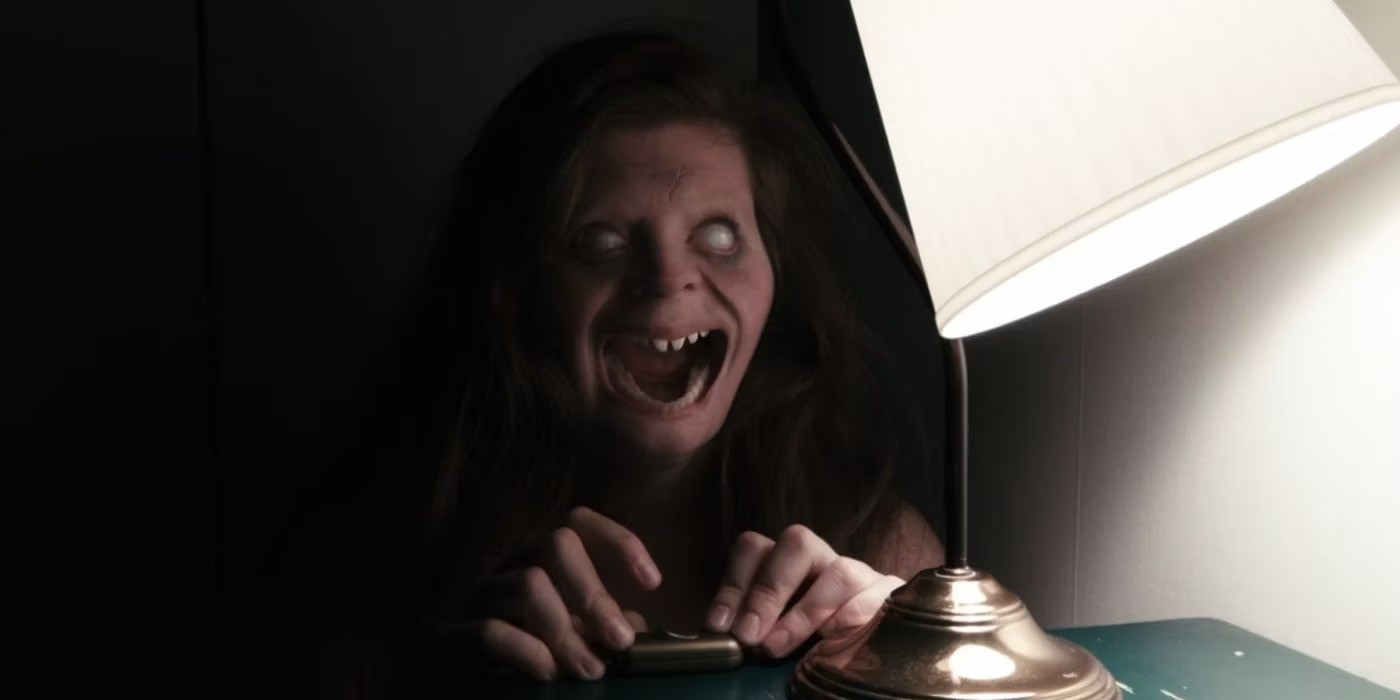In recent years, Hollywood has been churning out horror films at an unprecedented rate. From supernatural thrillers to slasher flicks, audiences have been inundated with a plethora of options to choose from. However, one of the most successful horror shorts of all time, “Lights Out,” stands out as a prime example of how a short film can be far more terrifying than its feature-length adaptation.
Directed by David F. Sandberg and released in 2013, “Lights Out” tells the story of a woman named Sophie who is plagued by a malevolent entity that only appears in the dark. Whenever Sophie turns off the lights, the entity appears, causing her to panic and frantically turn the lights back on. The short film’s premise is simple but effective, and the tension it builds throughout its two-minute runtime is truly spine-chilling.
The success of the “Lights Out” short film was so profound that it quickly went viral, amassing over 25 million views on YouTube and spawning a number of imitators. As a result, it was only a matter of time before Hollywood took notice and decided to adapt the short into a feature-length film.
Released in 2016, the feature-length adaptation of “Lights Out” follows the same basic premise as the short film, but expands on it considerably. In the film, Sophie’s son, Martin, is also targeted by the entity, and the film explores the history of the entity and its connection to Sophie’s family. While the film was successful at the box office and received generally positive reviews, many fans of the original short film felt that the feature-length adaptation failed to capture the same level of terror as the original.
There are a number of reasons why the short film is ultimately more effective than its feature-length adaptation. First and foremost, the short film’s brevity is its greatest strength. By limiting the runtime to just two minutes, Sandberg is forced to condense the story and focus on the most essential elements of the narrative. As a result, the film is tightly paced and every moment feels crucial to building the tension.
In contrast, the feature-length adaptation of “Lights Out” feels stretched thin in places. The film’s 81-minute runtime allows for more character development and plot exposition, but also results in a number of scenes that feel unnecessary or repetitive. Additionally, the film’s attempts to expand on the mythology of the entity feel convoluted and ultimately detract from the simplicity and effectiveness of the original concept.
Another reason why the short film is more effective than the feature-length adaptation is its reliance on practical effects. In the short film, the entity is created using a combination of clever lighting techniques and practical effects, making it feel grounded and tangible. By contrast, the feature-length adaptation relies heavily on CGI, which often looks artificial and takes the audience out of the moment.
Finally, the short film’s lack of explanation is one of its greatest strengths. The audience is never given a clear understanding of what the entity is or where it comes from, which only serves to heighten the sense of fear and unease. In the feature-length adaptation, the backstory of the entity is explored in depth, but this ultimately detracts from the fear factor by providing too much information.
In conclusion, while the feature-length adaptation of “Lights Out” was a successful horror film in its own right, it ultimately pales in comparison to the original short film. The short film’s brevity, practical effects, and lack of explanation make it a truly terrifying viewing experience that continues to resonate with audiences today.

